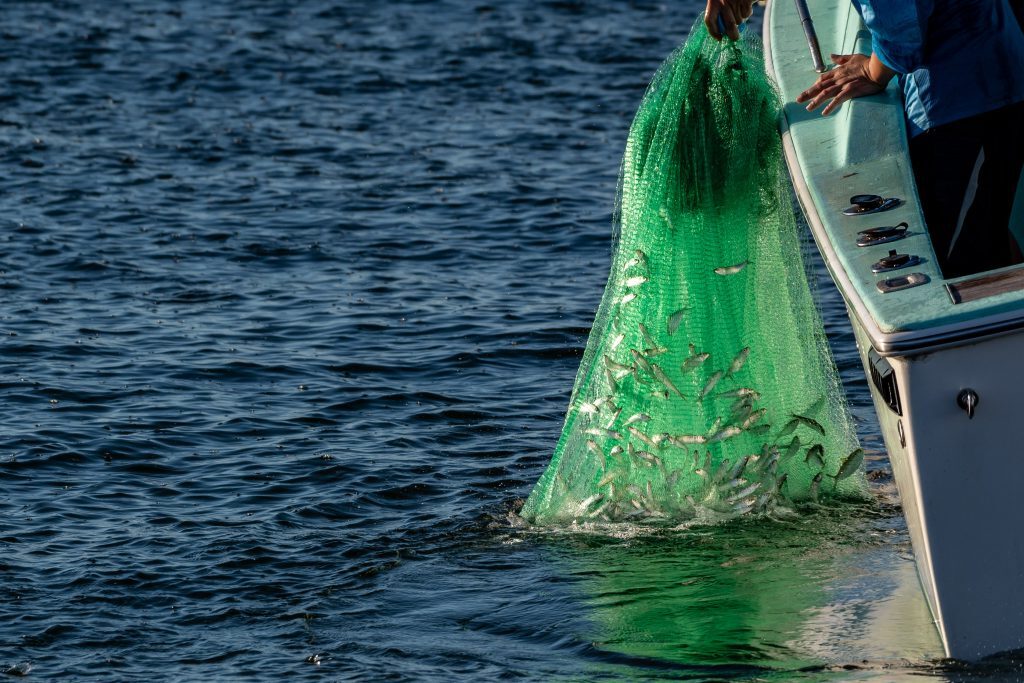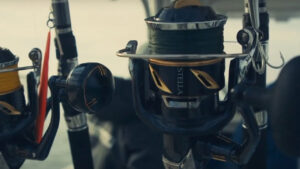If you’re serious about freshwater fishing—especially bass fishing—using live bait can give you a huge edge. Shiners, minnows, or even small shad are irresistible to predatory bass. Instead of buying bait every time you fish, learning how to cast a cast net can save you money and keep your bait fresh and lively.
Here’s a beginner-friendly guide to help you master the art of throwing a cast net and catching your own live bait.
What You’ll Need:
- A cast net (4–6 ft radius is a good size for beginners)
- A bait bucket or livewell
- Polarized sunglasses (optional but helpful)
- Access to a dock, shoreline, or shallow water
Step-by-Step Guide:
1. Choose the Right Location
Look for baitfish near the surface or in shallow water, especially early in the morning or late in the day. Clear water, submerged structures, weed lines, and boat ramps are prime spots.
2. Untangle and Prep the Net
Before you throw, ensure the net isn’t tangled. Hold it up by the horn (the center ring) and let it hang freely. Shake it out gently so the lead line forms a circle at the bottom.
3. Hold the Net Properly
- Place the handline (the rope attached to your wrist) securely around your wrist.
- Coil the remaining rope in your non-dominant hand.
- Grab the horn with your dominant hand and lift the net.
- With your other hand, grab the lead line at about waist height and fold a small section over your arm or shoulder. You can also tuck part of it under your arm depending on your throwing style.
4. The Throw
This is where practice pays off. Your goal is to create a flat, pancake-shaped spread:
- Rotate your upper body and use a fluid swinging motion.
- Release the net outward in a half-arc motion, like you’re opening a curtain.
- Let the net sink for a few seconds before pulling the handline to close the net and trap the bait.
Tip: Don’t muscle the throw. It’s more about timing and fluid motion than strength.
5. Gather and Store the Bait
After retrieving the net, quickly remove the bait and place it into a well-aerated bait bucket or livewell. Handle baitfish gently to keep them alive and active.
Practice Makes Perfect
Casting a net takes a little time to learn, but once you get the hang of it, you’ll be catching your own bait in no time. Start practicing in your yard with a towel or on shallow water where visibility is high. The ability to catch your own bait not only saves you money—it gives you better control over bait size and species.
Final Thoughts
Learning how to throw a cast net is a must-have skill for serious anglers. It opens up opportunities to fish more naturally and more affordably. Plus, there’s something satisfying about catching your bait before catching your bass.







